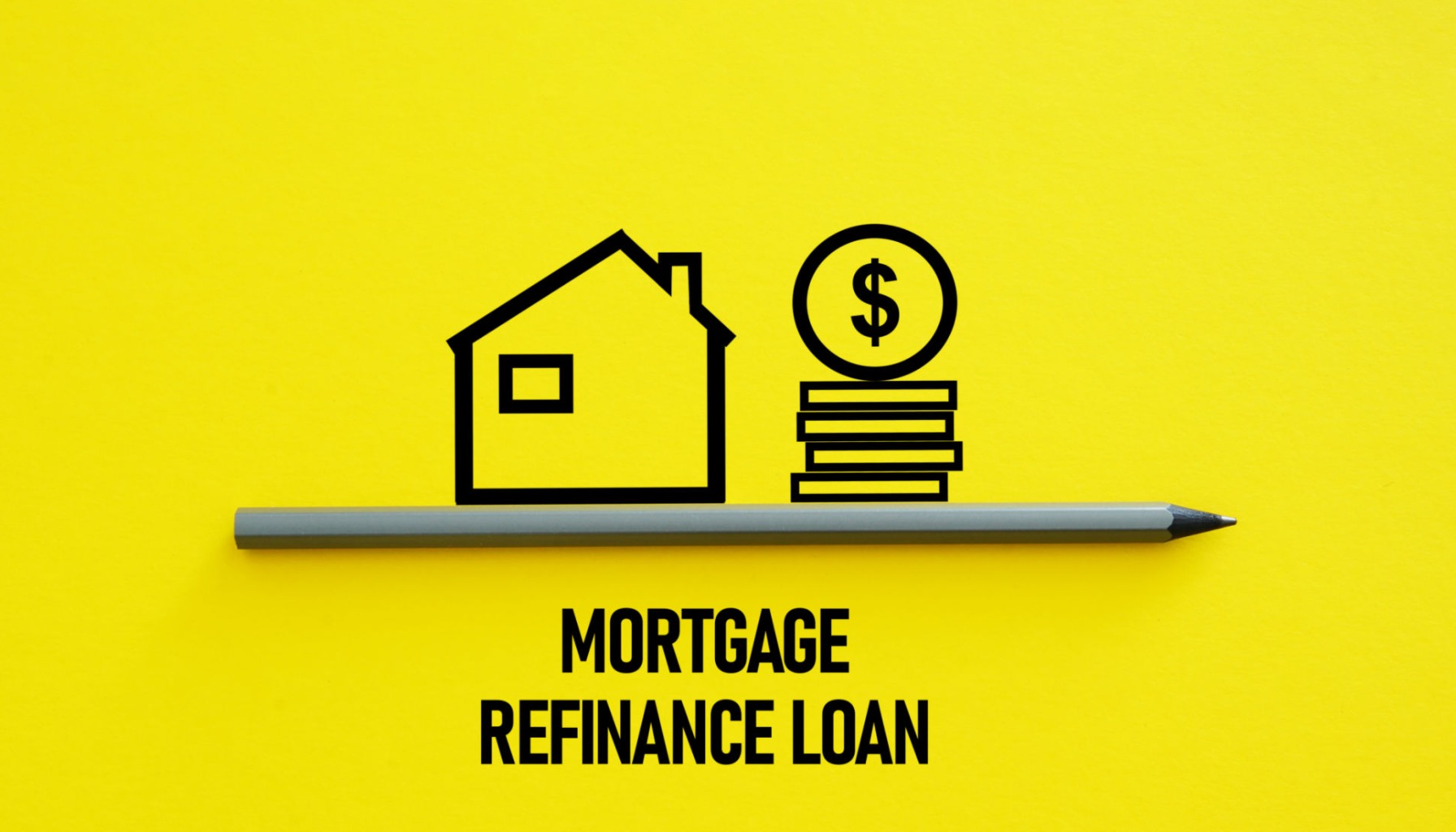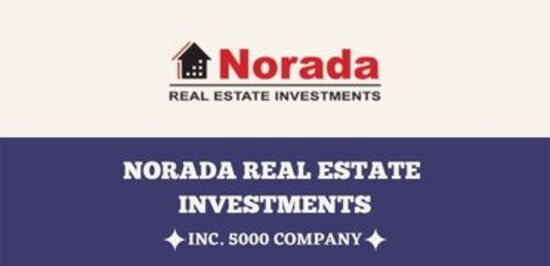Good news for homeowners looking to lower their monthly payments! The average 30-year fixed refinance rate has dipped to 6.89%, according to Zillow. This is a welcome drop and signals a potential shift in the housing market for those considering refinancing their homes.
This modest decrease, a slip from 6.91% to 6.89%, might seem small, but I’ve seen firsthand how even these small movements can make a difference for families. It represents a step in the right direction, especially after rates have been hovering at higher levels. For anyone with a mortgage, keeping an eye on these numbers is crucial, and this latest update offers a hopeful sign for potential savings.
Mortgage Rates Today: 30-Year Average Refinance Rate Goes Down to 6.89%
Understanding What This Rate Drop Means for You
So, what does a drop to 6.89% for a 30-year fixed refinance rate actually mean for your wallet? It’s not just a number on a screen; it translates into real dollars saved each month.
A 5 Basis Point Drop: The Real Impact
Let's break down that 5 basis point decrease from last week's average of 6.94% to today's 6.89%. A basis point is one-hundredth of a percentage point. So, we're talking about a change of just 0.05%.
While it might sound tiny, for a significant loan like a mortgage, it adds up. For example, if you have a $300,000 mortgage, a rate decrease from 6.94% to 6.89% could chop off around $10-$15 from your monthly payment. Over the life of a 30-year loan, that’s hundreds or even thousands of dollars in your pocket! It's these small, consistent savings that make refinancing a smart financial move.
Refinance Options: Weighing Your Choices
The current market offers a few different paths when it comes to refinancing. The most common are the 30-year fixed and the 15-year fixed. It’s really about finding the balance that works best for your financial goals and current situation.
- 30-Year Fixed Refinance Rate: At 6.89%, this is still the go-to for many borrowers. It offers the longest repayment period, meaning your monthly payments will be the lowest. This is great for those who want predictable payments and more breathing room in their budget.
- 15-Year Fixed Refinance Rate: This option has seen an even more significant drop, moving from 5.82% to 5.77%. While the monthly payments will be higher than a 30-year loan, you'll pay off your mortgage much faster and save a substantial amount on interest over the life of the loan. If you can comfortably afford the higher payments, this is a fantastic way to build equity quickly.
- 5-Year ARM Refinance Rate: Now, this is an interesting one. The rate has increased by 10 basis points, going from 7.44% to 7.54%. Adjustable-Rate Mortgages (ARMs) often start with a lower interest rate than fixed-rate mortgages, but that rate can change over time. This increase suggests that lenders are anticipating potential future rate hikes or are adjusting for market conditions. For most people, especially with the current stability in fixed rates, a 30-year or 15-year fixed is likely a safer bet right now.
I often advise clients to consider their long-term plans. Are you planning to stay in your home for a long time? Do you want the lowest possible monthly payment, or are you focused on paying off your home sooner? Answering these questions helps guide the decision between a 30-year, 15-year, or even considering an ARM if the initial rate is exceptionally attractive and you plan to move before the adjustment period.
The Federal Reserve's Hand in Your Mortgage Rate
It’s important to understand that mortgage rates don’t just fluctuate randomly. They are influenced by much larger economic forces, and the Federal Reserve plays a significant role.
The Fed's First Cut of 2025 and What It Means
Back on September 17, 2025, the Federal Reserve decided to cut its main interest rate for the first time in 2025. They lowered it by a quarter of a percent. This was a big deal because it had been on pause for a while.
Why did they do this? The economy is a bit of a mixed bag. Inflation, which means prices going up for everything, is still a concern, but it's starting to come down. On the other hand, the economy is growing well, but the job market is showing some signs of cooling off, with unemployment creeping up a bit. The Fed is trying to find that sweet spot: keeping prices from going up too fast while also making sure people can still find jobs.
The Highway to Mortgage Rates: Treasury Yields
The Federal Reserve’s actions directly impact what are called Treasury yields, specifically the yield on the 10-year U.S. Treasury note. Think of this as the main highway that mortgage rates travel on.
- Direct Link: Lenders use the 10-year Treasury yield as a starting point when they decide what to charge for a 30-year fixed mortgage. It's like the base price for a car before they add any options.
- Investor Appeal: Investors can buy Treasury bonds, which are considered very safe. To get people to invest in mortgages instead, mortgage-backed securities (which are tied to mortgages) have to offer somewhere around the same return.
- The “Spread”: Mortgage rates are almost always higher than Treasury yields. This difference is called the “spread,” and it’s like a fee lenders add to cover their risks and make a profit. Right now, this spread is a bit wider than usual, which means even when Treasury yields go down, mortgage rates don't always fall as much. This is why we're seeing rates at 6.89% and not, say, 5.89% if you just looked at the Treasury yield.
Right now, the 10-year Treasury yield is around 4.12%. This is good because it’s below its usual average. The Fed's rate cut helped stabilize this. However, that wider spread is still holding mortgage rates back from dropping as much as they could.
Recommended Read:
30-Year Fixed Refinance Rate Trends – October 13, 2025
How Your Credit Score Plays a Role
I can't stress this enough: your credit score is a superpower when it comes to getting a good mortgage rate. Lenders see a good credit score as a sign that you're a reliable borrower who pays bills on time.
- Excellent Credit (740+): You’ll typically get the best advertised rates, like the 6.89% or even lower if you have perfect credit.
- Good Credit (670-739): You’ll still get competitive rates, but maybe a tiny bit higher than the advertised best.
- Fair Credit (580-669): Rates will likely be higher, and you might have more fees.
- Poor Credit (Below 580): It can be very difficult to get approved for a refinance, or the rates will be extremely high.
If your credit score isn't where you want it to be, focus on improving it before you apply. Paying down credit card balances, avoiding late payments, and checking your credit report for errors can make a real difference. A few extra points can save you a lot of money over time.
Refinancing: Is Now the Right Time?
With rates at 6.89% for a 30-year fixed refinance, many homeowners are wondering if they should jump in. My professional opinion, based on years in the financial world, is that if your current rate is significantly higher – say, above 6.5% or 7% – it's definitely worth exploring.
- For Current Buyers: The good news is that borrowing has become a little more affordable compared to the highest rates we saw recently. If you've been priced out of the market, these slightly lower rates might make it possible to enter the housing market.
- For Refinance Candidates: Homeowners with rates above 6.5% should really be looking into refinancing. The potential savings are substantial, and it could mean lowering your monthly payment, paying off your loan faster, or cashing out some home equity if you need it.
- Market Watchers: The Fed is being cautious. They're waiting to see more data before making big moves. Mortgage rates will likely see gradual changes, not sudden dramatic drops.
The Federal Reserve’s decision to cut rates has set a new tone. While mortgage rates are improving, the path forward depends on what economic data rolls in. It's a good time to be paying attention, especially if you’re looking to adjust your financial situation with your home.
“Invest Smart — Build Long-Term Wealth Through Real Estate”
Norada's team can guide you through current market dynamics and help you position your investments wisely—whether you're looking to reduce rates, pull out equity, or expand your portfolio.
Work with us to identify proven, cash-flowing markets and diversify your portfolio while borrowing costs remain favorable.
HOT NEW TURNKEY DEALS JUST LISTED!
Speak with a seasoned Norada investment counselor today (No Obligation):
(800) 611-3060
Recommended Read:
- When You Refinance a Mortgage Do the 30 Years Start Over?
- Should You Refinance as Mortgage Rates Reach Lowest Level in Over a Year?
- NAR Predicts 6% Mortgage Rates in 2025 Will Boost Housing Market
- Mortgage Rates Predictions for 2025: Expert Forecast
- Half of Recent Home Buyers Got Mortgage Rates Below 5%
- Mortgage Rates Need to Drop by 2% Before Buying Spree Begins
- Will Mortgage Rates Ever Be 3% Again: Future Outlook
- Mortgage Rates Predictions for Next 2 Years
- Mortgage Rate Predictions for Next 5 Years
- Mortgage Rate Predictions for 2025: Expert Forecast



